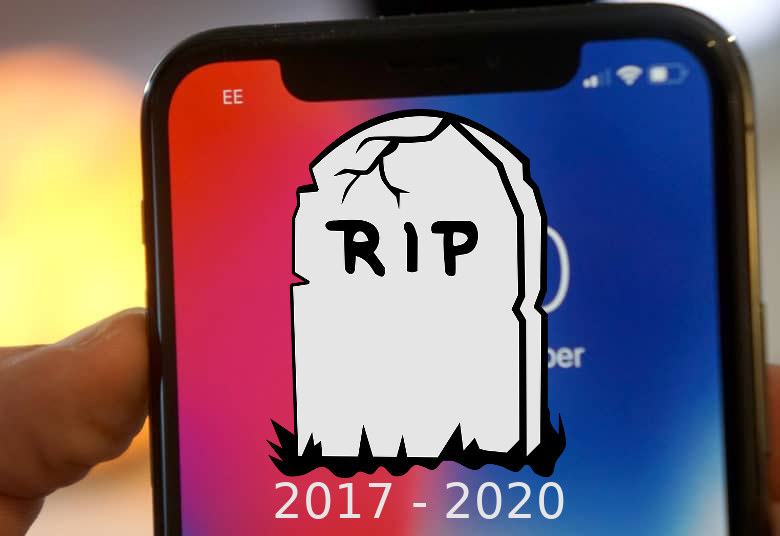As phone manufacturers tried to stretch the screen to body to the theoretical limit of 100%, some not-always-broadly popular design choices had to be made. And so the camera notch was born to expand the screen, which resulted into an ultra-thin top bezel, combined with a small cut-out for the front-facing camera that many people dislike.
If you are one of those people, I have good news: the death of the camera notch could be near thanks to under display cameras. Xiaomi was the first company to release a demo this morning through a tweet by Alvin Tse, Head of Pocophone Global for Xiaomi.
Check this out from our R&D team! @Xiaomi continues to innovate and we have some exciting tech up our sleeves. RT if you love under display camera! #xiaomi pic.twitter.com/4Rlzt9uRAd
— Alvin T (@atytse) June 3, 2019
We can see two nearly identical poco phones above, except the one of the left does not have a visible front-facing camera, but oh surprise, you can still take selfies!
As noted by XDA Developers, Xiaomi is not the only company to have demonstrated such solution today, and OPPO apparently showcased their own under display camera solution first.
For those seeking the perfect, notchless smartphone screen experience – prepare to be amazed.
You are taking a very first look at our under-display selfie camera technology. RT! pic.twitter.com/FrqB6RiJaY
— OPPO (@oppo) June 3, 2019
Both solutions offer the same user experience. When the camera is not in use, the full display is used, and in the camera app a black (transparent) bar provides space for the camera, so it does not look awkward.
There may be a downside to using an under display camera, as pointed out by OPPO in Weibo, under-screen cameras may not produce the same photo quality as cameras placed outside of the display. However, they also claim to have solved this issue. We’ll have to find out once devices become available.
If under-display cameras work as expected, and are not prohibitively expensive, 2020 may be the last year we ever see camera notches in smartphones.

Jean-Luc started CNX Software in 2010 as a part-time endeavor, before quitting his job as a software engineering manager, and starting to write daily news, and reviews full time later in 2011.
Support CNX Software! Donate via cryptocurrencies, become a Patron on Patreon, or purchase goods on Amazon or Aliexpress





